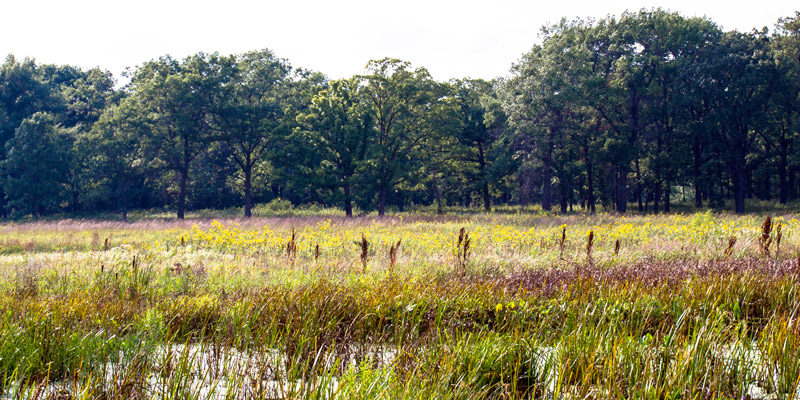Ponds and constructed wetlands can be designed purposely for water treatment. These ecotechnologies are bioinspired by the ability of natural wetlands to treat various pollutions, via interactions with substrate, plants and especially the associated microorganisms (phytoremediation).
Constructed wetlands are artificial wetlands with water flowing over a bottom made of soil substrate for plant growth (macrophytes). Waste stabilisation ponds or lagoons are based on the oxygenating action of microalgae (microphytes). In an intermediate version called floating constructed wetlands, the plants grow on floating mats, their immersed roots (and the attached microcosm) promoting actively for the depollution of water.
In agreement with our principles and values, we apply these extensive technologies to provide multiple benefits to our clients’ facilities:
- Efficient and appropriate treatment of suspended solids, organic matter and several hazardous compounds and micropollutants, as well as some inorganic compounds;
- Resistance to load variations and adaptation to a wide spectrum of concentrations;
- Competitive construction cost and negligible operational cost;
- Ease of operation, low energy consumption as well as chemicals consumption;
- Rusticity and rapid appropriation of technology by local stakeholders;
- Landscape integration, amenity and biodiversity
In addition to the relevant dimensioning and engineering, our added value lies in the combination and tailor-made implementation of a succession of different wetlands/ponds and biotopes (water depth, choice of plant types, etc.), in combination with our other solutions (vegetated filters, etc.). The aim is to provide appropriate treatment technology to each customer, that is adapted to the project constraints, the local climate and resources.








